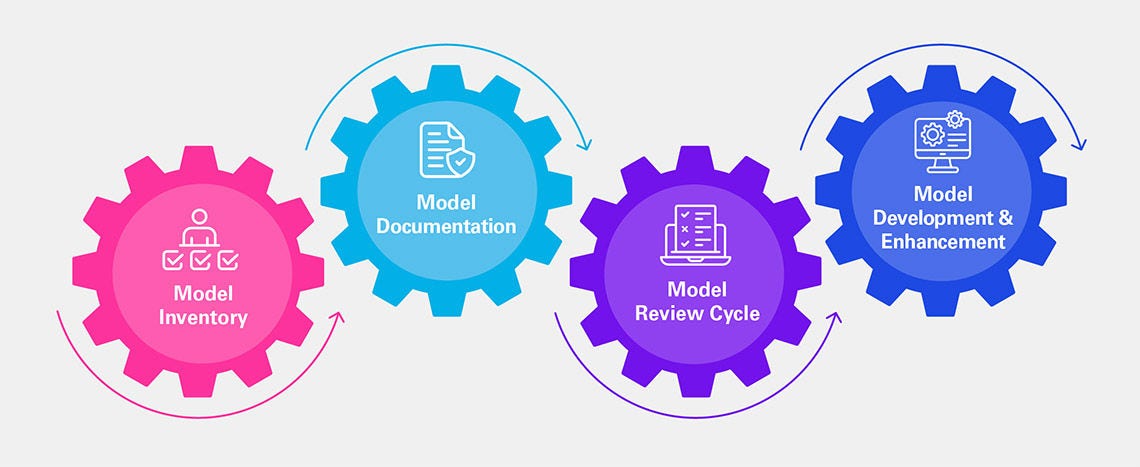AI and its applications and challenges within the insurance industry
As outlined in our previous articles, a simple model error can lead to a model failing which could cause significant financial or reputational damage to your company. The exposure to model risk is heightened as models become more widespread across the business and as they become more complex.
The adoption of Artificial Intelligence (‘AI’) into the insurance industry can provide substantial advantages – this technology can help streamline underwriting, improve fraud detection and optimise pricing techniques. However, insurers need to consider the implications of increased adoption of more complex models across the business.
As part of their “Future Focused” strategy, the Central Bank of Ireland (the Central Bank) has identified increasing digitalisation across the insurance value chain as an emerging risk within the insurance sector. The rapid and ongoing advancements in digitalisation (referred to as the use of Big Data and Related Technologies (BD&RT)) presents increased opportunities, however, with these benefits comes the potential for new or increased risks. We have explored some of these key risks in more detail below.
As the popularity of AI models grow and become inherent in business operations, these risks need to be fully understood and appropriately managed.










